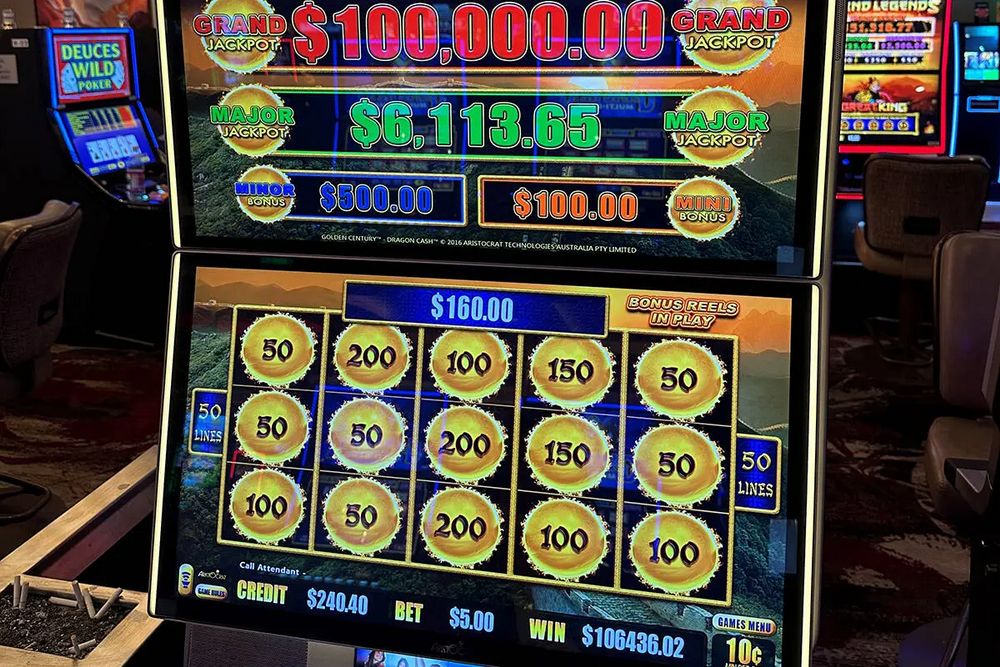New York isn’t debating whether to award the downstate casino licenses—it’s debating on whose terms. The election didn’t deal the licenses, but it reset the table stakes. A progressive mandate at City Hall reframes the local gatekeeping every bidder must navigate—ULURP actions, rezonings, special permits, and the tone of neighborhood negotiations. In practice, expect richer community-benefit packages, longer municipal review timelines, and tougher examinations of “promised” tax flows before any contentious site wins political oxygen.

This shift doesn’t change the state’s authority to award licenses; it changes the cost of consensus. Proposals with fragile neighborhood politics—especially in Manhattan—now face a higher bar: auditable organized-labor guarantees, measurable M/WBE participation, funded responsible-gaming programs, and transit or public-realm contributions that move the needle. Those demands aren’t deal-killers; they’re line items. The only real question is whether each bid can underwrite them without blowing its pro forma.
Conversely, bids that look revenue-ready gain relative value. Existing footprints with proven tax pipes, low land-use risk, and supportive community-advisory readouts will scan as safer, sooner, and simpler. In a climate where affordability and basic services dominate, dependability outperforms renderings. That tilts the board toward incumbents—and away from “moon-shot” sites that need complex rezonings plus public patience.

Investors should adjust their models now. First, extend city-level critical paths: more stakeholder sessions, deeper community engagement, and iterative concessions add months. Second, fatten community-benefit line items—and make them verifiable with milestones, metrics, and enforcement mechanisms. Third, pressure-test cash flows under delayed openings and larger up-front givebacks; some returns survive that haircut, others don’t.
None of this preordains Manhattan losses. A sponsor can still win there by over-delivering on public value: permanent union jobs, below-market community space, a responsible-gaming architecture operated with credible partners, and transit or streetscape funding that reads as real relief. But that path now looks like bespoke public-private dealmaking, not a standard license pursuit. The new bar is clarity and verification, not charm and renderings.

Strategically, bidders should pick a lane and commit. Lane one: “Ready Now.” Lean into near-term revenue, minimal land-use exposure, and a benefits package that is generous, measurable, and quick to implement. Lane two: “Transformational.” If the site is politically heavy, don’t nibble—assemble a benefits portfolio big enough to redefine the project’s identity, and staff up for genuine outreach, not box-checking. Half-measures invite drift; in this climate, drift is death.
Bottom line: Election Night didn’t decide who gets the licenses, but it decided how they’ll be earned. The local price of a green light is proof over promises—proof of jobs, equity participation, mitigations, and near-term revenue the city can bank. Projects that can validate cash flow while carrying a larger civic load just improved their odds. Everyone else needs sharper math, sturdier land-use plans, and benefits that feel indispensable—not decorative.
































